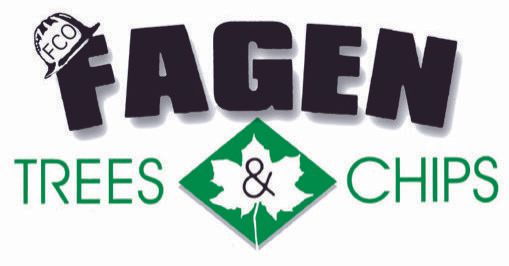Prescribed burns vs. Managed Thinning
Prescribed burns vs. Managed Thinning
This is perhaps one of the most controversial questions being asked, especially with our current governor looking to contribute over $4 billion towards fighting wildfires in Oregon. The two things we can all agree on is the climate is changing and wildfires are contributing to climate change. Essentially, every time a prescribed burn occurs, the soil is being set back 100 years which severely reduces the soil organics that feed the trees and retain moisture through the hot summer season.
Are you one of the many who believe prescribed burns are the only way to manage the forests? Although used across most of the United States, prescribed burns here in Central Oregon are detrimental to the natural “duff” that we need to help build the soil profile and make more water available to the forest floor and its' trees. Believe it or not there are other ways to manage the health of the forest, reduce tree overcrowding and fire fuel reduction. These other methods include, “planned thinning”. Planned thinning is a process of methodically assessing the forest density, identifying where smaller trees and brush can be thinned and removed in order to provide more room for larger healthier trees to flourish. By combining these two methods, we will help eliminate potential fire hazards, but also, maintain the balance of old and young trees eliminating unnaturally close together growth.
Unfortunately, current forest conditions are overcrowded. Old and young trees are growing unnaturally close and competing for resources, dead trees and limbs and brush all oxidize which contributes to the releasing of more carbon into the air, contributing to global warming, and extreme wild fire outbreaks. As the forest is thinned and mulched, the ecosystem of the duff will continue to feed, make more water available and provide nutrients to the forest floor. Over time, the build up of duff provides a natural, nutrient dense, ground cover that, through manged thinning of the forests, would continue to feed the forest floor. Unfortunately, prescribed burns remove this natural duff cycle, robbing the forest floor of the nutrient rich duff that is critical in maintaining the health of the forest. Another by product of prescribed burning, is that the burn is releasing more carbon into the air. Fire is nothing but hyper oxidization of wood. When the forest is allowed to build up the forest floor with duff and mulch, the forest will sequester the carbon and allow the trees to do their natural job of taking the carbon out of the air.
Managing the forest health is not a “one solution” process. It actually requires a coordinated effort of; small well planned and managed forest thinning and mulching of dead, overcrowded trees and brush to maintain the health and bring balance to the forest ecosystem. Over time, planned thinning of the forest will help bring balance back to the forest ecosystem creating healthy carbon sequestering forests and, in turn, help reduce excessive carbon and climate change.
Wade P. Fagen
Owner/Arborist- Fagen Trees and Chips


